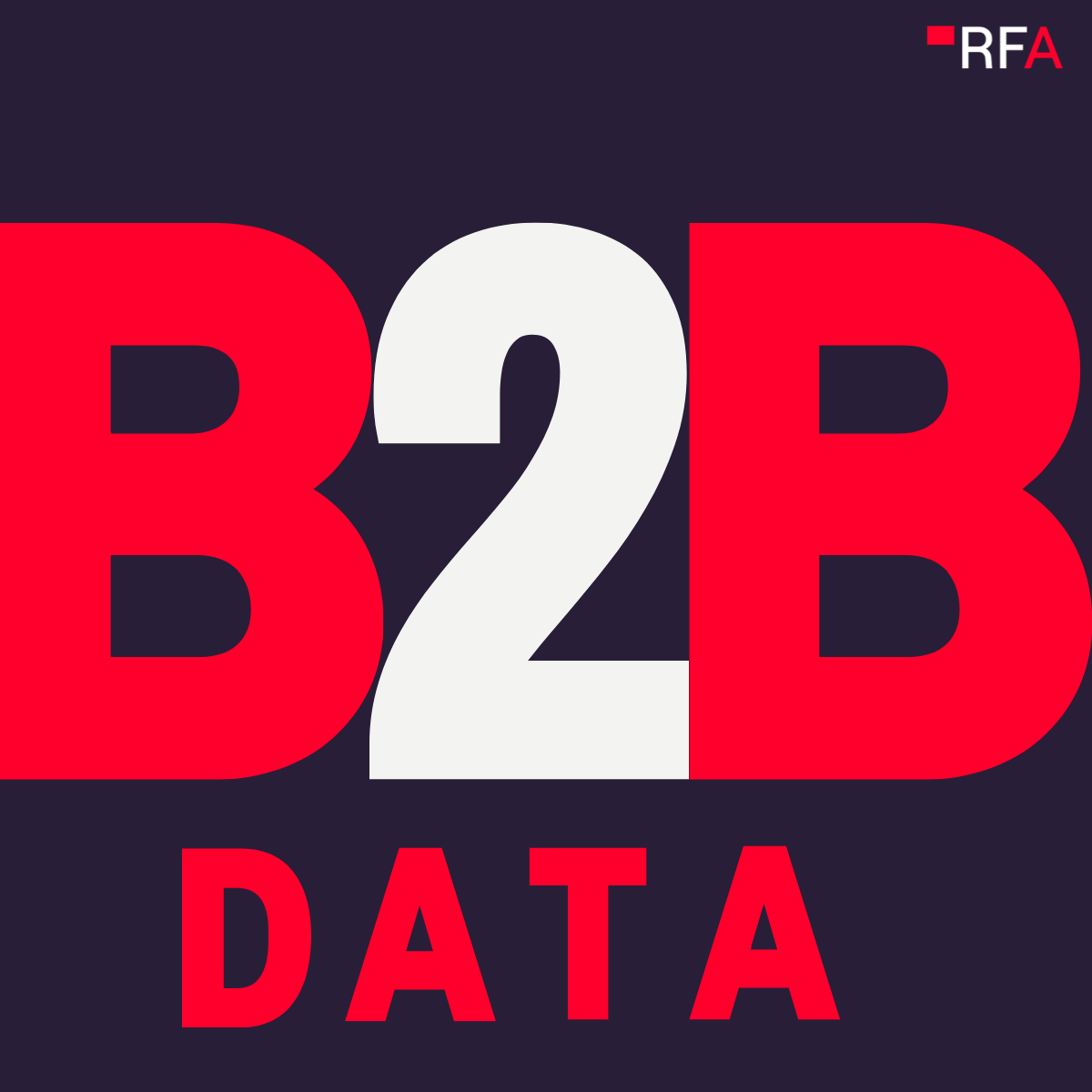“The leads are weak. ******* leads are weak? You’re weak.”
In this line in the movie Glengarry Glen Ross, Alec Baldwin’s character Blake sums up a huge problem within sales – the perception within some teams that strong sales reps should be able to convert even the weakest of leads.
Of course, this isn’t true. Other than the odd exception that proves the rule, weak leads result in weak sales – no matter who is in the team.
This creates problems within sales departments, such as low success rates and high rep turnover. It also leads to issues in the wider world as buyers associate cold calling with chancers trying to sell items they don’t need rather than professionals selling products that are genuinely beneficial to businesses.
These Challenges Mean Sales Teams Need to be Smarter
Luckily there is much research out there about how sales teams can work more effectively. I was recently rereading research by Dr James Oldroyd, a man CBS called the “Mad Scientist of Cold Calling”.
The research comes from the analysis of over a million cold calls from sales reps in around 50 companies. Here are some of Oldroyd’s discoveries.
- Thursday is the best day to contact a lead. In fact, Thursday was found to be 20% better than Friday, which is the worst day to call a lead.
- The best time to call to qualify a lead is either between 8 and 9am or between 4 and 5pm. Calling from 8 to 9am is 164% better than calling soon after lunch.
- Sales teams should call to qualify leads as soon as they show interest. Sales teams that call within five minutes are 21 times more likely to qualify a prospect that those that wait an hour.
- Best practices differ depending on the industry. Sales teams in communications and IT will benefit from making calls almost as soon as a lead has shown interest. Financial services and IT have longer to react – although they should still be quick.
In an interview with CBS, Oldroyd gave what he considers his number one piece of advice to sales teams.
“Always give priority to your newest leads. If you have a lead that is two hours old and one that just came in, focus on the one that just came in. If you do the opposite, you’ll always be fighting an uphill battle trying to reactivate leads that are already dead.”
Taking this idea further, he suggests that sales teams would be better off having reps available to make calls whenever the company gets a lead, rather than having them spend time following up on old leads.
When it comes to old leads, Oldroyd isn’t particularly optimistic. He suggests that a lead is dead by the time it is four months old. Instead of wasting resources calling these leads, sales teams should put them on the cheapest possible lead-nurturing programme.
Sales Teams Can Still Do a Lot to be More Effective
While this research provides much insight into how to sell more effectively, the strategies Oldroyd mentions don’t necessarily correlate with what actually happens in sales. I frequently meet sales and marketing directors who still have their sales teams blasting their way through old data lists.
These leads are often the coldest of cold, and reps have to work miracles to get any joy from them.
Of course, the reason why sales teams use these lists is often out of necessity rather than choice. In many cases, these are the best contacts they have access to.
There is, however, an alternative. If your business doesn’t have a steady stream of warm leads, then the next best choice is to find cold leads in a position that makes them more receptive to receiving your call.
By targeting companies based on sales triggers, reps can target companies when they are more likely to need your service. For example:
- If a company posts record sales, it could be open to approaches from manufacturers about helping the company meet this excess demand.
- If a company has recently experienced bad debt, it could be open to approaches from short-term financiers to increase cash flow.
- If a profitable company has seen a decrease in sales, it may be open to an approach from a marketing agency with a strategy to get it back to growth.
- A company that has moved to a new area may need help from office suppliers, energy brokers, recruitment consultants, and more.
Essentially, using sales triggers in sales is all about targeting companies with beneficial products at times when they are known to need the service. While the leads may be cold in terms of contact with the company, they can be easier to convert than regular cold leads.
At Red Flag Alert, we know the value of sales triggers. Our data provides companies with information about several different triggers as soon as they occur. For example, financial information, bad debt, expansion into new areas, and directorial changes.
To help you learn more about how the data can help, we recently produced a white paper that details how one of our customers used sales signals to increase its outreach by 1,000%.
Download our Sales signal guide.
To learn how Red Flag Alert’s B2B prospector tool can help your business grow, get started with a free trial.




